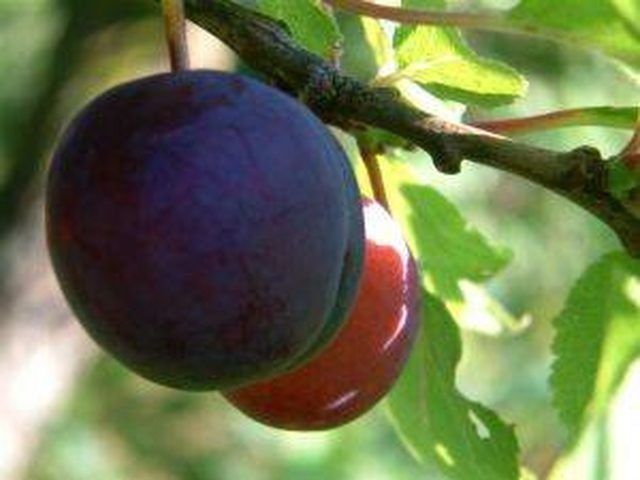Bulbs
Flower Basics
Flower Beds & Specialty Gardens
Flower Garden
Garden Furniture
Garden Gnomes
Garden Seeds
Garden Sheds
Garden Statues
Garden Tools & Supplies
Gardening Basics
Green & Organic
Groundcovers & Vines
Growing Annuals
Growing Basil
Growing Beans
Growing Berries
Growing Blueberries
Growing Cactus
Growing Corn
Growing Cotton
Growing Edibles
Growing Flowers
Growing Garlic
Growing Grapes
Growing Grass
Growing Herbs
Growing Jasmine
Growing Mint
Growing Mushrooms
Orchids
Growing Peanuts
Growing Perennials
Growing Plants
Growing Rosemary
Growing Roses
Growing Strawberries
Growing Sunflowers
Growing Thyme
Growing Tomatoes
Growing Tulips
Growing Vegetables
Herb Basics
Herb Garden
Indoor Growing
Landscaping Basics
Landscaping Patios
Landscaping Plants
Landscaping Shrubs
Landscaping Trees
Landscaping Walks & Pathways
Lawn Basics
Lawn Maintenance
Lawn Mowers
Lawn Ornaments
Lawn Planting
Lawn Tools
Outdoor Growing
Overall Landscape Planning
Pests, Weeds & Problems
Plant Basics
Rock Garden
Rose Garden
Shrubs
Soil
Specialty Gardens
Trees
Vegetable Garden
Yard Maintenance
How to Care for Plum Trees
How to Care for Plum Trees. Caring for young fruit trees means feeding, watering and pruning to shape them. As the fruit trees get older there is less and less work to do. How much care the plum trees will need also depends on where they are growing. Trees against fences and trees will need more watering then that of a tree out in the open. Anyone...

Caring for young fruit trees means feeding, watering and pruning to shape them. As the fruit trees get older there is less and less work to do. How much care the plum trees will need also depends on where they are growing. Trees against fences and trees will need more watering then that of a tree out in the open. Anyone can care for a plum tree and find it very relaxing and rewarding.
Things You'll Need
Compost
Garden hose
Pruning sheers
Bonemeal fertilizer
Wooden stakes
Soft scrap fabric
Spread compost around the trunk in early spring. Do not let the compost touch the trunk as it may burn the wood.
Water every day as the growing season starts. As the tree starts to produce the plums it will need more water than while it's dormant the rest of the year.
Thin out the fruit in May if it looks like the tree is producing too much fruit. Some years the tree will produce too much and other years too little. Thinning of the fruit will ensure a better crop and protect the branches from breakage under the heavy weight of the plums.
Thin the branches or prune in mid-June. This will prevent Silver Leaf disease. Cut off all branches that are dead or look diseased. Cut branches that are crossing over other branches and thin out heavily branched areas. Take the cuttings away and burn them to prevent the spread of disease.
Thin out the fruit again in July. Take out any fruit that looks diseased or bugs have gotten to it. Take the fruit away and throw it out. Do not allow it to sit under the tree.
Use wood stakes to hold up branches that are being stressed by the heavy weight of the fruit. Wrap the branch in a soft cloth where the stake will come in contact with it so it doesn't break the skin of the wood.
Pull suckers away from the roots of the tree regularly. They will take much of the trees energy if they are not taken off. They can grow up to 3 feet from the main trunk all the way around.
Spread some bonemeal fertilizer around the tree in the fall and water during dry spells throughout the fall and winter.